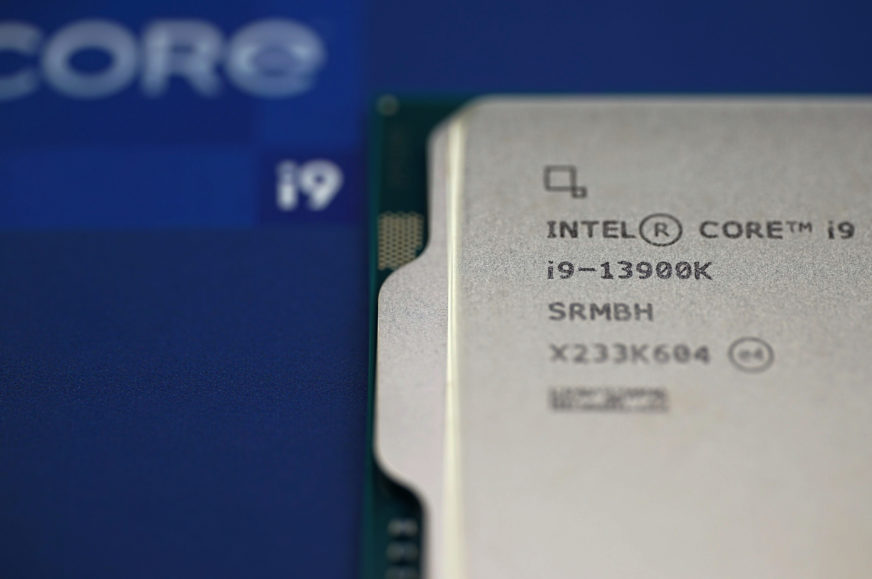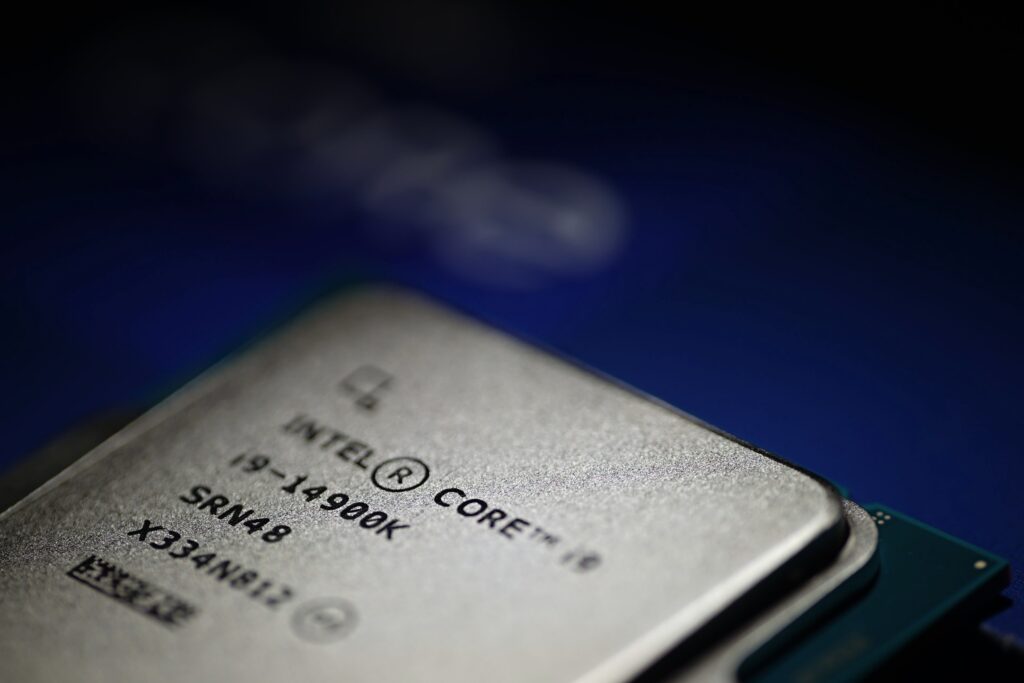The 13th and 14th generation Core processors' problems with instability in games aren't over
We recently reported on Intel Raptor Lake processors stability issues in games. Reports of crashes often accompanied by misleading messages about lack of video memory don’t seem to be subsiding, but rather multiplying, as do the number of games in which these problems are reported. Intel has not yet taken an official position on the matter, but is analyzing the problem. It is perhaps the biggest such issue with Intel processors in recent times.
Problems in games with 13th and 14th generation Intel Core processors, especially the higher-end K-series models, have been reported in various Unreal Engine-based games, with reports of The Finals, Battlefield 2042, Remnant 2, Lords of the Fallen, Hogwarts Legacy, Farworld, Horizon, Overwatch 2, Lies of P. and probably other titles, as the problem seems to surface when using shader decompression libraries that may be present in a large number of games.
A new reports of apparently the same problem has surfaced with Tekken 8. As with previous games, the game often crashes with a “not enough video memory” error message, but this is only occurring with 13th and 14th generation Intel processors for now. However, this error message is apparently just a manifestation of the fact that the CPU is causing errors in the game, even though the problems ultimately present themselves as a video card problem after snowballing. This is the same symptom seen in previous reports with Raptor Lake processor instability in games, so Tekken 8 is likely a continuation of the same issu.
Read more: Raptor Lake is unstable in games. Too high clock speeds or PL2
It seems that these are not completely isolated errors. On Twitter, Sebastian Castellanos pointed out that quite a few buyers are citing this issue in Twitter reviews. At the same time, they often state that they didn’t experience the problem at the beginning and that game instability or system crashes only started to manifest themselves after a few months. According to reports from South Korea, Tekken 8’s problems have also reportedly led to a significant number of RMAs and refunds.
Is the problem just motherboards not respecting power limits?
So far, there are two possible explanations of this problem. First, it may be due to Intel allowing (if not even a tacitly recommending) board manufacturers to relax power limits on processors, which are not enforced and considered merely recommendations on the Intel platforma. Games may supposedly be crashing when processors run at boosted power limits like this, which they apparently cannot handle – although it is generally expected that they do. Simply unlocking power and leaving the standard boost behavior do its thing was not expected to lead to instability, but perhaps that was a wrong preconception.
In such a case, the blame would still lie with Intel, which allows this way of operating the boards (while AMD does not). It can be said that the very way Intel considers the limits to only be recommendations guarantees that they will be exceeded by motherboards. Competitive pressure will lead board manufacturers to start pushing higher to see who can get more performance out of the CPU by unlocking the limits. This increases the risk of instability.
The developers of the games and the Oodle library in which the crashes occurred (but which may not be the only affected software) therefore recommended disabling all similar OC modes introduced by motherboards, setting all the recommended power limits in the BIOS (UEFI), and possibly underclocking the processor by reducing the clock speed by a few hundred MHz.
The looming threat of chip degradation
However, it is also possible that the situation is worse. The reports of delayed occurrence of these errors could indicate that at the very high power consumption, temperatures and clock speeds that Intel has set for Raptor Lake and Raptor Lake Refresh processors, the silicon is already starting to slowly degrade, for example, by electron migration, so there may be damage building up in the processor, which after some time will manifest itself in instability, when the CPU can no longer operate at the clock speeds it could handle when brand new (and this will unfortunately be an irreversible damage). This problem has long been a feared by users, but it was speculated it is more likely with AMD processors due to their very aggressive single-threaded boost that uses very high voltages (however, AMD supposedly has sophisticated fine-grained framework to protect the processor from damage in place). So it would be quite ironic if it eventually was Intel that was hit with this serious probleam (probably a lesson that reputations or expectations associated with a brand are not always based on reality).
Degradation would be a problem, possibly associated with severe financial hit due to a significant amount of warranty replacements. Intel could also be forced to somehow slow down the processors with BIOS updates, if this is confirmed. It would be perhaps one of the biggest problems of this type to hit Intel (and perhaps bigger than the chipset silicon degradation problem in 2011).
Intel silent about the nature of the problem for now
We do not yet know which of these scenarios is tur. Intel has not yet issued an official statement on the issue, even though it has been talked about for months. For now, Intel has confirmed to ZDNet or Tom’s Hardware that the problem has been reported by various parties and that it is investigating these reports.
However, the company has not yet directly confirmed the existence of an underlying hardware problem associated with the reports, be it the degradation or just the inability of the chips to maintain stable operation at the essentially overclocked settings that the motherboards impose on them (in which case tightening the limits on the boards and stopping overclocking would be enough to fix it).

Interestingly, after these problems were published, testimonies appeared showing that even processor reviewers encountered instability issues (by the way, supposedly also with the new special edition Core i9-14900KS). For example, WCCFtech’s editor reports that his own AIO-cooled Core i9-13900K processor turned unstable after a few months, and Tom’s Hardware (where graphics card reviewer Jarred Walton experienced these issues) also talked about the instability of review CPU samples during testing.
Until now, reviewers seem to have had a tendency to attribute the errors to other components in the system or to unfinished drivers and firmware, and not point them out. A sort of subconscious perception that Intel processors are more “stable” and “trouble-free” than alternative probably led to the fact that the manifestations of this problem were overlooked until they became more acute. So they are now being addressed relatively late, after the release of the refresh 14th generation, although they seem to already be affecting the 2022 Core 13th generation processors. Perhaps this “prejudice” has also contributed to Intel pushing processor clock speeds and power consumption higher than is healthy, in the first place…
Source: VideoCardz, ZDNet Korea, WCCFtech, Tom’s Hardware, Sebastian Castellanos
English translation and edit by Jozef Dudáš
⠀
- Contents
- The 13th and 14th generation Core processors' problems with instability in games aren't over










This is the article I saw that really pointed out the potential risks
Instead of simply blaming the motherboard manufacturer